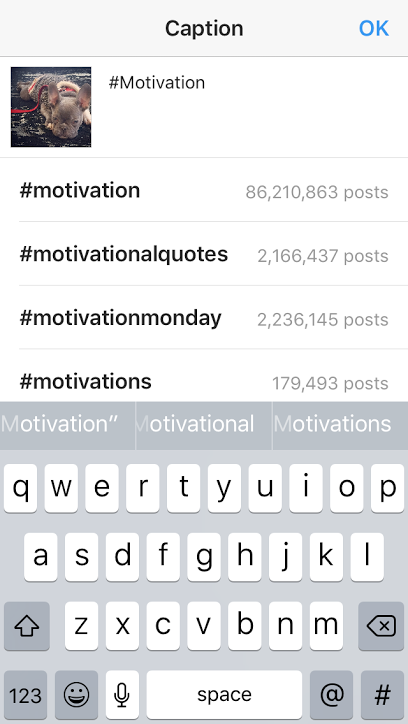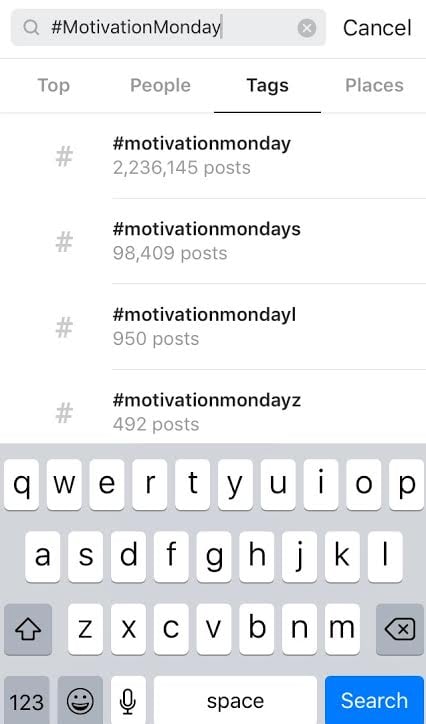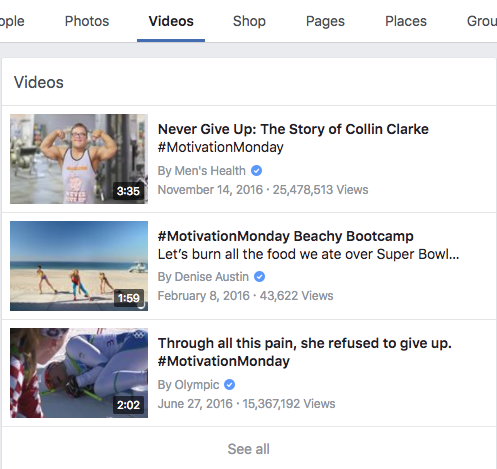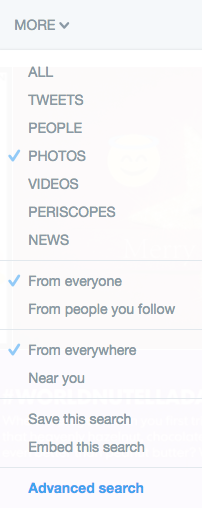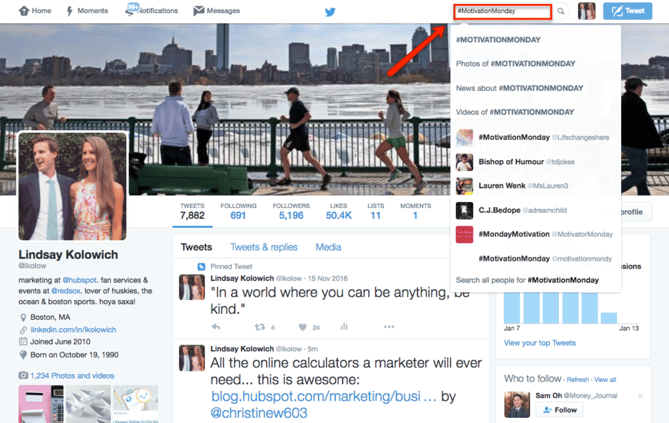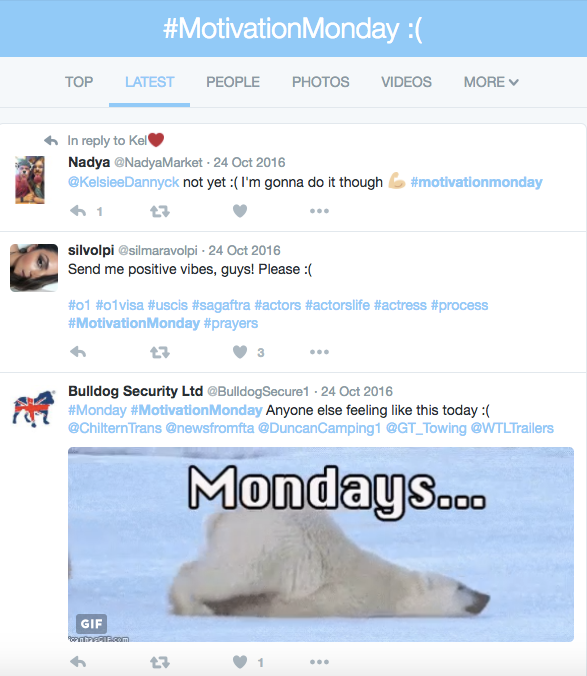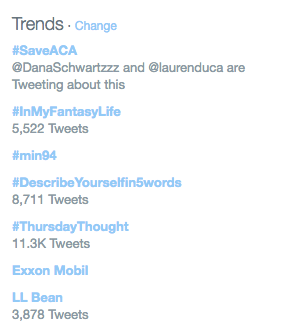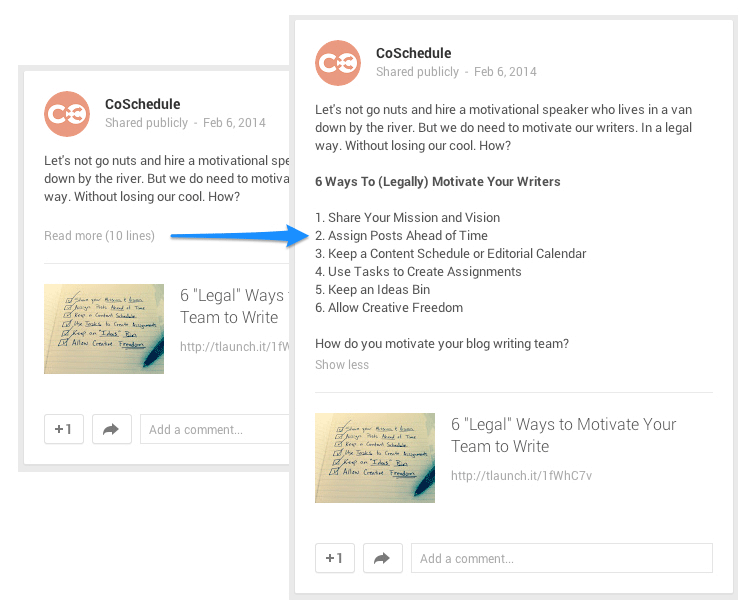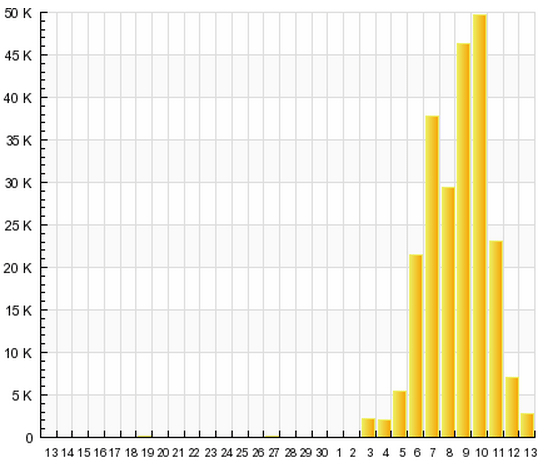Trying to figure out the difference between social media
and social networking is like trying to fully understand every ranking
factor that Google uses for SEO: it’s not easy.

To really understand the difference between the two, we first need to
define them. Merriam-Webster defines social media and social networking
as the below:
Social Media: forms
of electronic communication (as Web sites for social networking and
microblogging) through which users create online communities to share
information, ideas, personal messages, and other content (as videos).
Social Networking: the creation and maintenance of personal and business relationships especially online
With that said, let’s take a look at the five biggest differences between social media and social networking.
Communication Style
On social media, you’re doing all of the talking. You’re
publishing content—images, videos, eBooks, infographics, white papers,
and more—and trying to generate engagement with your fans and followers,
and ultimately hoping that they interact with your brand or take an
action.
With social networking, there needs be a mix of both
talking and listening. If you’re joining groups and networks on social
media and doing all of the talking—posting about your brand and tooting
your own horn—you’re not going to get the type of respect that you
probably deserve, and you’re likely going to miss out on some great
opportunities because you’re not listening.
To be great at social networking, you have to take the time to listen and engage with others.
Goals
Perhaps the biggest difference between social media and social networking is the goal that you’re trying to achieve.
With social networking, your ultimate goal is to build your network
of fans/followers and foster those relationships. Whether or not those
relationships lead to new business is an unknown, but it’s not the
ultimate goal.
Social media differs because while you’re certainly trying to
generate buzz and interaction, you also want to increase your bottom
line, and that means data acquisition for lead generation and sales for
eCommerce.
Content
Content is so important to every aspect of marketing, and
while you need it for both social media and social networking, the type
of content you use for each is going to be different.
In social networking, it’s a lot of rich conversation and questions.
You’re having deep, informative conversations with people in hopes of
sparking a connection and gaining a new fan or follower while growing
your referral network.
On the social media side of things, you’re trying to drive
engagement, and you can’t do that with 250 word Facebook posts. No, you
need to be posting and sharing images, videos, infographics, and other
meaningful pieces of content to keep your audience engaged and
interested in your brand.
It’s not to say that this type of content can’t overlap, but how you use the content should be different.
Time & Effort
If you’re an active brand on social media, you’re probably
using a tool like Hootsuite or Sprout Social to help save time and
measure the analytics behind your efforts. You can create your posts and
schedule them out days ahead, and then sit back and watch the
engagement that takes place.
With social networking, there’s no automated way to really grow
relationships, and you can’t cut corners. Each interaction you have
needs unique focus and attention.
Social networking is like dating—it’s time consuming, and it takes a
lot of time and effort to really make it work, but it’s all worth it in
the end.
ROI Measurement
In this digital age, we’re all trying to measure the ROI from everything that we do, especially social media.
How you attribute ROI to your social media and social networking is
going to differ because you need to go about the two completely
different. Measuring the ROI from your social networking efforts is
going to be easier because there’s more direct response—if your network
of social followers is increasing, then that’s measurable ROI.
But since your social media strategy is about generating buzz and
engagement, it’s a bit difficult to nail down that type of return. Over a
longer period of time, you should be able to attribute some type of
success, but it’s not going to be as clear as it is in your social
networking game. Of course if you’re driving things like sales and you
have your tracking and analytics in place, it’ll be easier to measure
your ROI.
All in all, social media and social networking are two important
marketing tactics, but they each come armed with their own unique
challenges.
http://www.socialmediatoday.com/social-business/peteschauer/2015-06-28/5-biggest-differences-between-social-media-and-social

